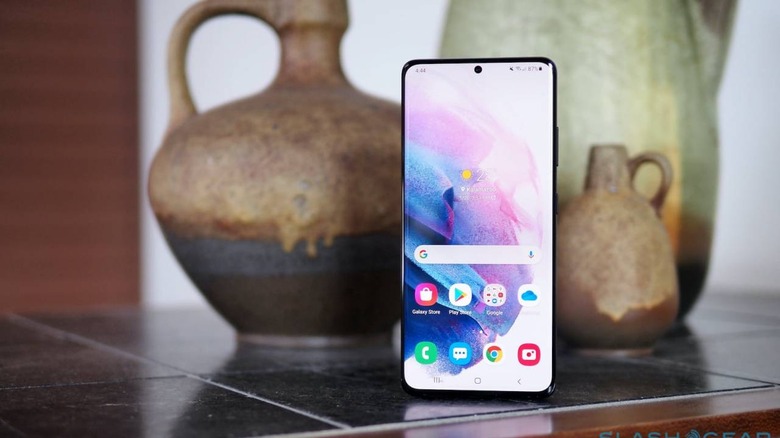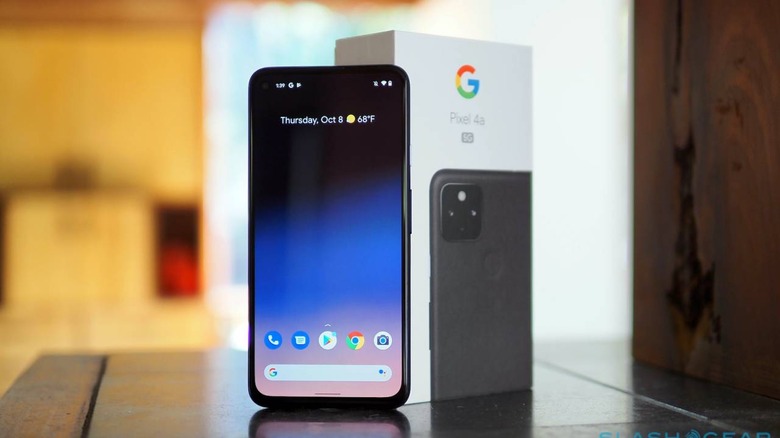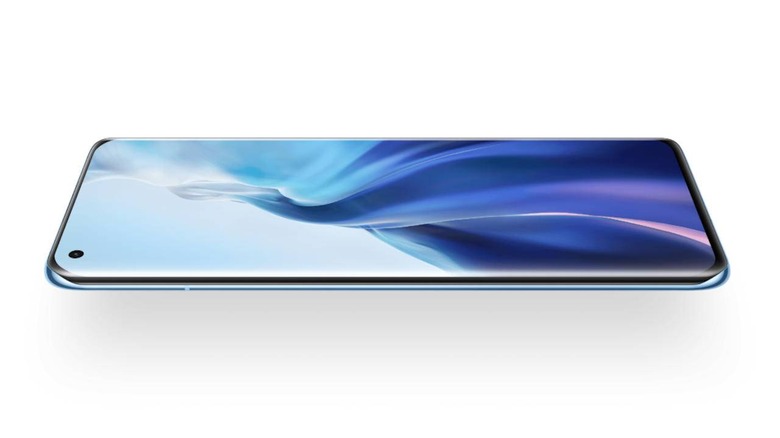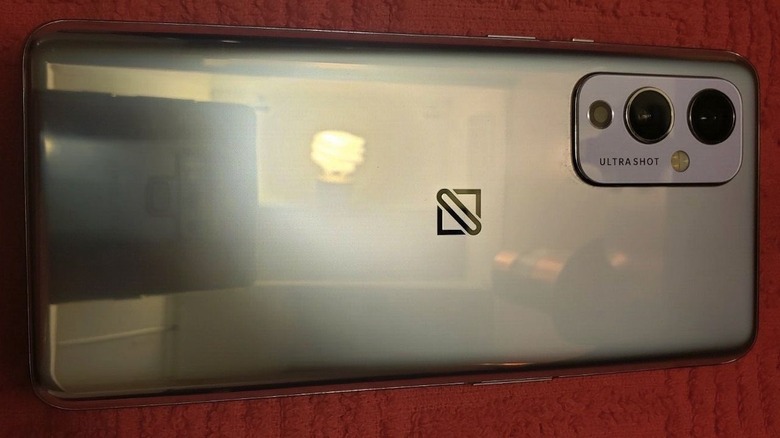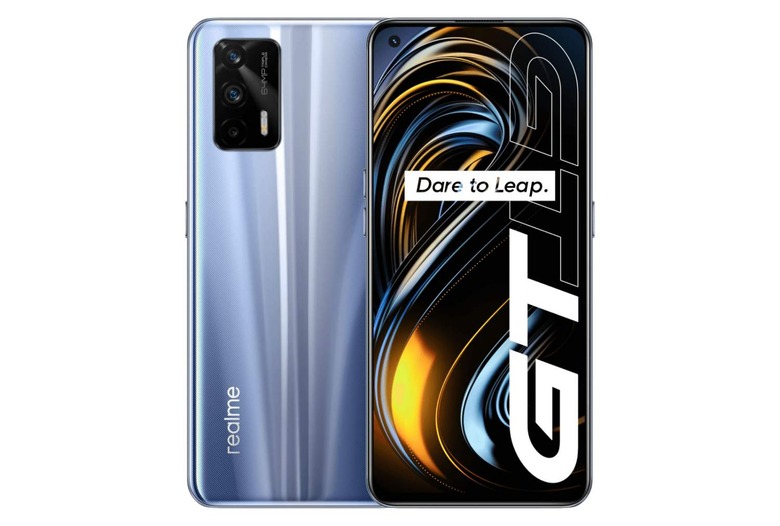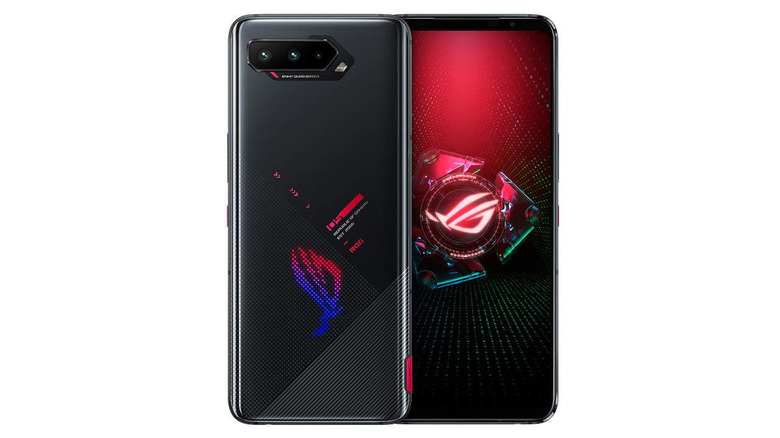Best 5G Phones To Buy In First Half Of 2021 - Beyond iPhone 12
The iPhone 12 series comprising iPhone 12 Pro Max – finest 5G phone yet – is an outright choice for Apple fanboys. The 5G coverage is excellent and paired to the 5nm A14 Bionic chipset, these make a perfect combo of power and performance. The possibility of owning an iPhone 12 is bleak if you don't fancy the Apple ecosystem and have an inclined preference for Android. What are the best handsets that you can gun for considering there are so many 5G phones cropping up with each passing day?
5G smartphones are expensive at the moment yet they are the way forward. It's only a matter of time before these become a staple frankly for offering way faster wireless speeds than 4G. Arguably, there is time still before 5G is full-proof and the faster mmWave-based network is well established, but 5G is currently more real than ever before, and it's fitting then that you future-proof your smartphone by upgrading to 5G device this year.
These currently available – few on the horizon – 5G smartphones, we have listed here, are not just etched with 5G and let other aspects slip. These devices have state-of-the-art processors, mammoth processing memory, and of course cameras to drool over. Price is of course a factor but OEMs are trying to cut some corners – in the non-flagship segment – to offer more affordable phones publicizing 5G support. Here are then the best 5G Android smartphones you should buy within the first half of 2021.
Samsung Galaxy S21 Ultra
Matching the iPhone 12 Pro Max shoulder to shoulder, and even bettering it in bits, Galaxy S21 Ultra is the best 5G phone for Android users with deeper pockets. Dressed in new colors (from its predecessors) with matte finish for a classier appeal, the phone has Infinity-O Dynamic AMOLED display measuring 6.8-inches and offering 120Hz refresh rate. The phone for the first time brings S Pen compatibility to the Galaxy S series, and for the good we are discussing, it supports all 5G bands and also Wi-Fi 6E if you have a router to take care of that.
Meeting its power needs from the Qualcomm Snapdragon 888 processor under its hood, the Samsung flagship has stunning cameras – three on the back and a 40MP selfie shooter. The rear camera module comprises 108MP primary camera, 12MP ultra-wide lens, and 10MP telephoto camera. Capable of recording 8K videos, Galaxy S21 Ultra comes in a range of memory configurations topped by 16GB RAM and 512GB UFS 3.1 storage priced at $1,380.
Google Pixel 4a 5G
Some may argue in favor of Google Pixel 5 as a better alternative, but we lineup the Pixel 4a 5G for its affordable tag despite having ¾th of the same DNA as its elder sibling and wonderful software experience –backed by Google – which sets the Pixel offering in a league of its own. The phone rests under the $500 price point – making it a must-have budget 5G smartphone. It supports both Sub-6 GHz and the faster mmWave networks like the Pixel 5 with two primary caveats.
Pixel 4a 5G has 60Hz FHD+ 6.2-inch display in comparison to 90Hz on the Pixel 5, and it comes in just black hue, while its sibling touts sorta sage in addition to just black. Everything else from Snapdragon 765G processor to 128GB UFS 2.1 storage is similar on the two devices.
Of course, you get 8GB of RAM on Pixel 5 as opposed to only 6GB on Pixel 4a 5G, the latter is powered by 3,885mAh battery and has 12.2MP primary and 16MP ultra-wide camera on the back. If you're into music and don't mind compromising dust, water-proofing on the Pixel 5, the Pixel 4a 5G has headphone jack for your good.
Xiaomi Mi 11
Xiaomi Mi 11, probably the best flagship from the Chinese OEM to date, is directly comparable to the brand's own Redmi K40 Pro+, but since the latter is available in China for now, we prefer the globally available Mi 11 as the better choice. Redmi K40 Pro+ offers many similar features for a significantly lesser price but international availability – if it happens – may change the ball game, so it's wiser to consider Xiaomi Mi 11 a full-proof option to invest in.
Xiaomi Mi 11 comes with a very attractive 6.81-inch Quad HD+ AMOLED curved screen that renders a better screen-to-body ratio, and per DisplayMate, provides highest visible screen resolution out there. Powered by Snapdragon 888 paired with up to 12GB RAM, 256GB UFS 3.1 onboard storage; the dual 5G SIM capable Xiaomi Mi 11 supports Sub-6 GHz network.
For the optics, the phone has a triple rear camera setup comprising 108MP main camera with OIS, 13MP ultra-wide lens, and 5MP macro camera. A 20-megapixel lens makes for a selfie shooter. What really turns the flow in Xiaomi Mi 11's favor is the phone's 4,600mAh battery that supports 50W wired and wireless charging, and 10W reverse charging to juice up an odd gadget wirelessly.
OnePlus 9
OnePlus is gearing up a new flagship in OnePlus 9, which will lock heads with other competitors – especially the Samsung S21 series – for the top 5G smartphone slot. Rumored to feature a 6.5-inch 120Hz display, the phone, according to company CEO Pete Lau is slated for March 8 release. There is no word on the price, but we can presume it to start at around $900.
The most recent OnePlus 8T was a lost cause for the company, now to make a befitting comeback, the Chinese OEM is expected to stock the 9 series phone with at least Snapdragon 870 5G, though there is a possibility of Snapdragon 888 processor making the final cut. The phone packed with Ultrashot triple camera setup on the back will have a left-aligned punch-hole selfie camera, and a 4,500mAh battery capable of supporting 65W fast charging.
Carrying on from the 8T, the OnePlus 9 could feature 45W wireless charging and reverse charging options as well. The phone is likely to support Sub-6 GHz and mmWave 5G network and should make a flagship to vouch for provided OnePlus can ensure it is not overpriced.
Realme GT 5G
Realme GT 5G is a device-specific to China at this point with the possibility of venturing out to India and select European markets in the near future. That may be a put-off for users stateside but take nothing away from this true-flagship killer. It ventures into that domain with top-tier Snapdragon 888 powering its guts. Priced at roughly $430, it is the cheapest Snapdragon 888 powered 5G smartphone out there.
In addition to the spectacular processing power, Realme GT 5G will feature 120Hz, 6.43-inch Samsung OLED display with 2400×1080 pixel resolution. The phone may slightly fall short in the optics with 64MP Sony IMX682 main shooter, 8MP ultra-wide, and 2MP macro camera; it makes up with 12GB RAM, up to 256GB of UFS 3.1 native storage, and 4,500mAh battery that supports 65W fast charging.
ASUS ROG Phone 5
If a 5G phone can add dedicated gaming prowess, it's a perfect recipe to sell. ASUS Republic of Gamers' Phones have cut out a niche for themselves in the gaming arena, and the latest iteration in the series – the ROG Phone 5 – marries this awesome combo to present itself as a 5G smartphone to watch out for. Expected to launch on March 10, the 6.78-inch FHD+ Super AMOLED display supporting 1080 x 2340 pixels resolution has 144Hz screen refresh rate.
The ROG Phone 5 is likely to feature a triple camera setup on the back and have four microphones and symmetrical dual front-facing speakers. Drawing power from Snapdragon 888 SoC the new gaming phone will re-introduce the 3.5mm jack and have memory configuration of up to 16GB RAM and 512GB UFS 3.1 storage.
The dual-band 5G smartphone is likely to have a secondary LCD or LED matrix display on its back panel, which would possibly display notification and function as a touch controller while gaming. ROG Phone 5 will come with 6,000mAh battery capable of charging at blistering speeds with 65W charger. 10W reverse charging is an added plus.

